|
John Tyman's Cultures in Context Series AFRICAN HABITATS : FOREST, GRASSLAND AND SLUM Studies of the Maasai, the Luhya, and Nairobi’s Urban Fringe |
|
|
|
|
|
John Tyman's Cultures in Context Series AFRICAN HABITATS : FOREST, GRASSLAND AND SLUM Studies of the Maasai, the Luhya, and Nairobi’s Urban Fringe |
|
|
|
|
Click for full-screen images
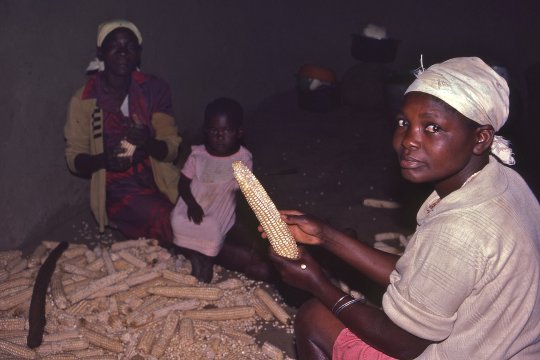 |
| 126. Little corn is eaten fresh: most is shelled by hand (and beaten with a stick). |
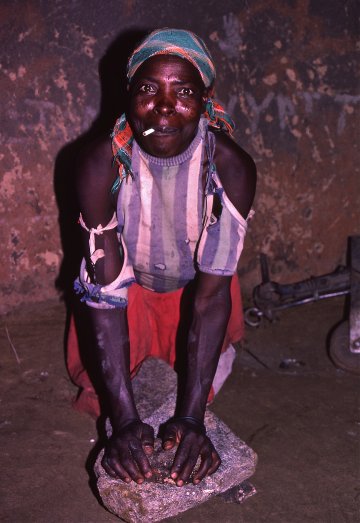 |
| 127. In the past the corn was processed at home using a grinding stone to produce the meal which was their staple foodstuff. This woman wanted to show me how it was done. |
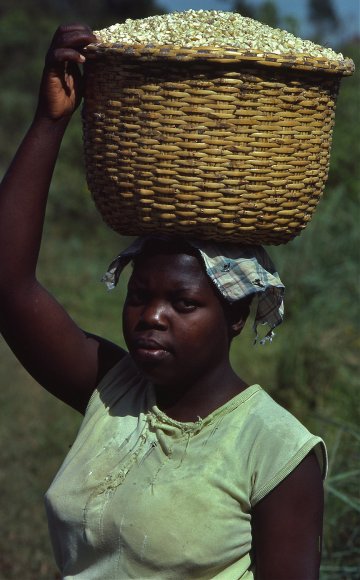 |
| 128. Today, of course, the women carry the grain to flour mills (frame 53) and carry home the flour. |
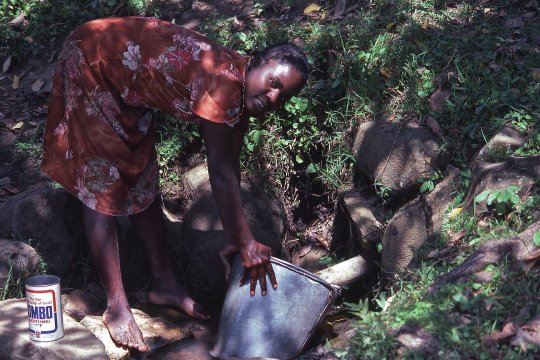 |
| 131. Besides birthing, nursing babies and feeding the older children and their husbands, women in rural areas will carry the water required for cooking and washing. |
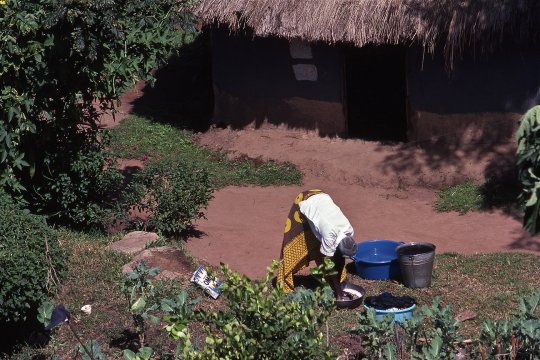 |
| 132. They will wash the dishes, do the laundry, and iron clothes also ... including school uniforms. |
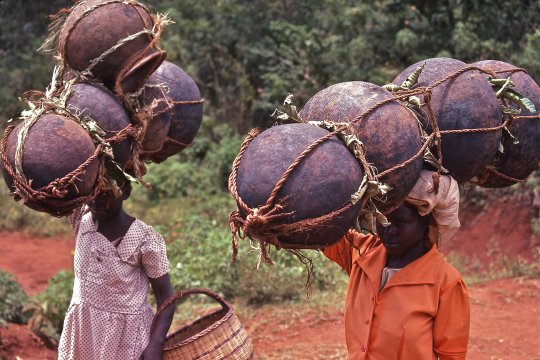 |
| 133. If foodstuffs or craft items are to be moved to market, it is the women who carry them in most cases. |
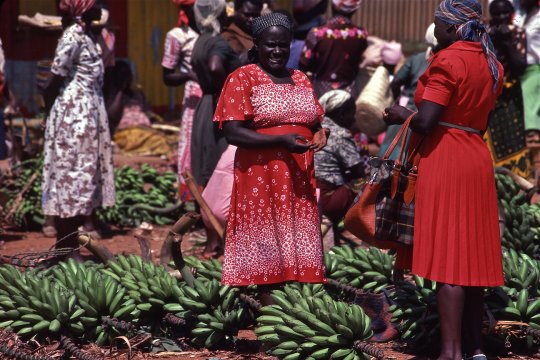 |
| 134. It will also be their job to sell them. |
 |
| 139. They were also expected to thatch the roofs of new houses and repair or replace the covering on old ones. |
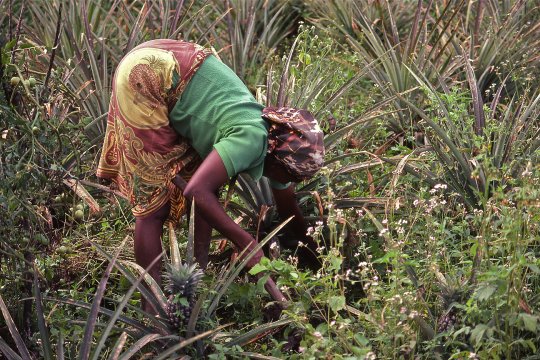 |
| 140. Their gardens were till recently worked by their wives, using hoes mostly: but the introduction of cash cropping led to changes in these domestic arrangements. |
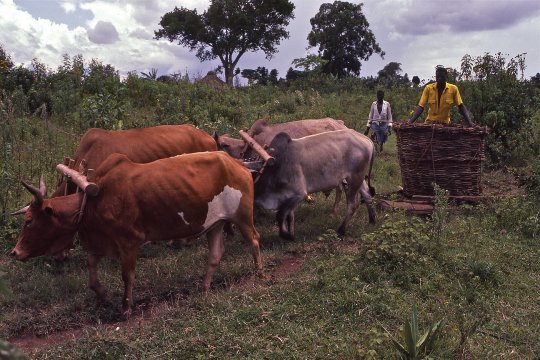 |
| 142. More men can now afford to buy or hire draught animals, using them not only for ploughing but also for hauling farm produce. |
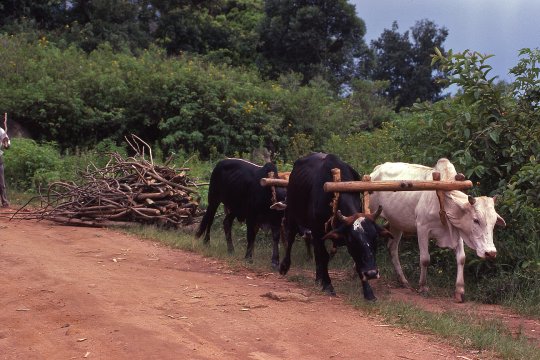 |
| 143. These same animals may also be used to drag out the firewood previously carried home by women. |
![]()
Text, photos and recordings
by John Tyman
Intended for Educational Use
Only.
Contact Dr. John Tyman at johntyman2@gmail.com
for more information regarding
licensing.
![]()
www.hillmanweb.com
Photo processing, Web page layout,
formatting and hosting by
William
Hillman ~ Brandon, Manitoba ~ Canada